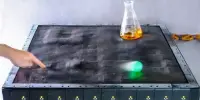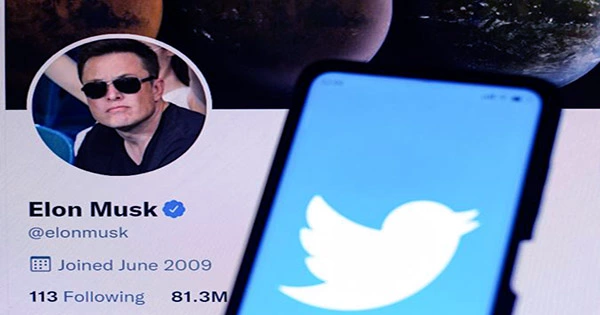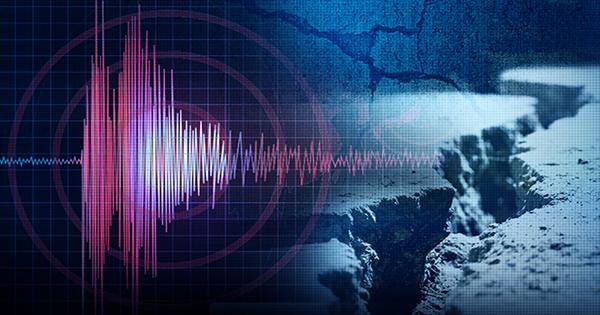From robotic vacuum cleaners and smart fridges to baby monitors and delivery drones, the smart technologies that are increasingly being welcomed into our homes and workplaces employ vision to perceive their environment, filming and photographing our lives in the process.
In an effort to restore privacy, researchers at the Australian Centre for Robotics at the University of Sydney and the Centre for Robotics (QCR) at Queensland University of Technology have developed a new approach to designing cameras that process and scramble visual information before digitizing it, obscuring it until it becomes anonymous.
Sighted systems, such as smart vacuum cleaners, are part of the “internet-of-things” — smart systems that connect to the internet. They are vulnerable to being hacked by criminal actors or lost due to human mistake, as well as having their photographs and videos stolen by third parties, sometimes maliciously.
The deformed images, which serve as a “fingerprint,” can still be used by robots to fulfill tasks, but they do not provide a thorough visual representation, compromising privacy.
Cameras are the robot equivalent of a person’s eyes, invaluable for understanding the world, knowing what is what and where it is. What we don’t want is the pictures from those cameras to leave the robot’s body, to inadvertently reveal private or intimate details about people or things in the robot’s environment.
Professor Peter Corke
“Smart devices are changing the way we work and live, but they should not compromise our privacy by becoming surveillance tools,” said Adam Taras, who conducted the research as part of his Honours thesis.
“We associate ‘vision’ with photographs, yet many of these technologies do not require the same level of visual access to a situation that humans do. They have a very narrow scope in terms of what they need to measure to complete a task, so they use additional visual cues like color and pattern recognition,” he explained.
The researchers were able to separate the processing that typically occurs within a computer from the optics and analogue electronics of the camera, which is outside the reach of attackers.
“This is the key distinguishing point from prior work which obfuscated the images inside the camera’s computer — leaving the images open to attack,” said Dr Don Dansereau, Taras’ supervisor at the Australian Centre for Robotics. “We go one level beyond to the electronics themselves, enabling a greater level of protection.”

The researchers attempted to hack their approach but were unable to recreate the photographs in a recognisable format. They have made this assignment available to the scientific community at large, challenging others to hack their method.
“If these images were to be accessed by a third party, they would not be able to make much of them, and privacy would be preserved,” Taras stated.
Dr. Dansereau stated that privacy was becoming increasingly important since more devices now have built-in cameras, as well as the potential development in new technologies in the near future, such as parcel drones, which venture into residential areas to deliver packages.
“You wouldn’t want images taken inside your home by your robot vacuum cleaner leaked on the dark web, nor would you want a delivery drone to map out your backyard. It is too risky to allow services linked to the web to capture and hold onto this information,” said Dr Dansereau.
The approach could also be used to make devices that work in places where privacy and security are a concern, such as warehouses, hospitals, factories, schools and airports. The researchers hope to next build physical camera prototypes to demonstrate the approach in practice.
“Current robotic vision technology often ignores end-users’ reasonable privacy concerns. This is a short-sighted strategy that hinders or even prevents the use of robotics in a variety of critical societal and economic applications. Our innovative sensor design takes privacy extremely seriously, and I hope to see it adopted by industry and used in a wide range of applications,” stated Professor Niko Suenderhauf, Deputy Director of the QCR and project advisor.
Professor Peter Corke, Distinguished Professor Emeritus and Adjunct Professor at the QCR who also advised on the project said: “Cameras are the robot equivalent of a person’s eyes, invaluable for understanding the world, knowing what is what and where it is. What we don’t want is the pictures from those cameras to leave the robot’s body, to inadvertently reveal private or intimate details about people or things in the robot’s environment.”
















